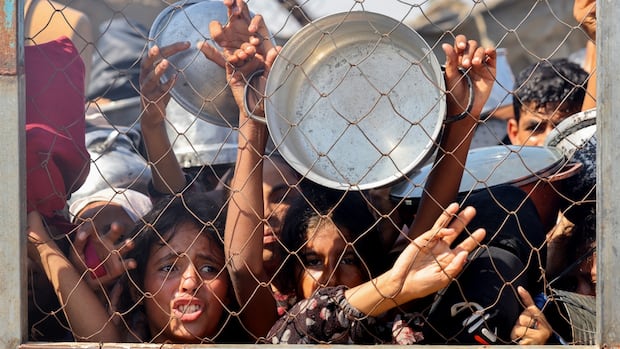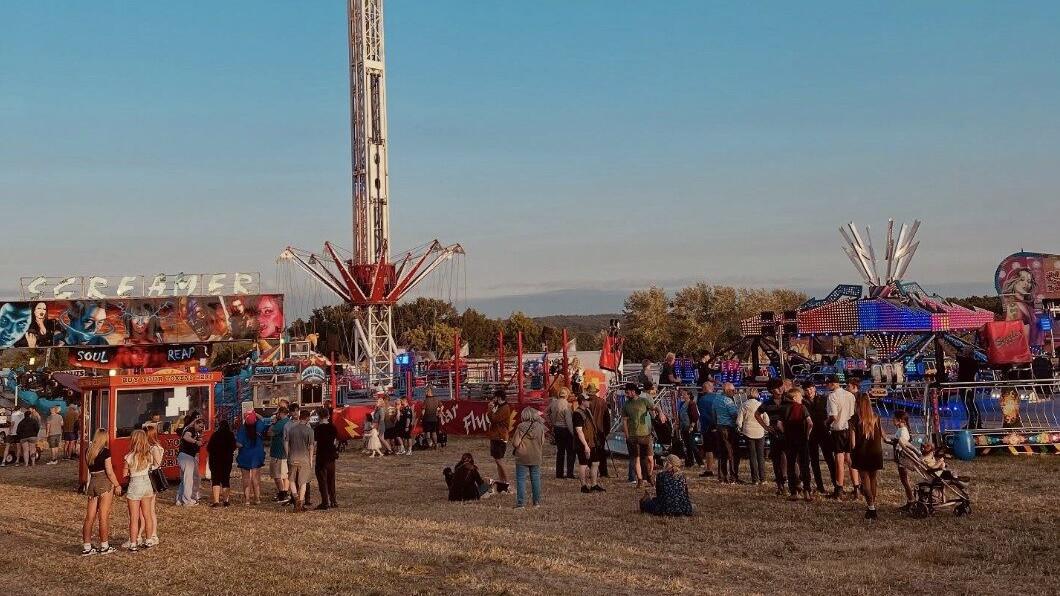8.8 Magnitude Earthquake Rocks Russia: Tsunami Warnings Across the Pacific!

In an earth-shaking event that rattled the Pacific, a powerful magnitude 8.8 earthquake struck off the Kamchatka Peninsula in Russia, sending tsunami waves soaring up to 5 meters high. The quake, which occurred at shallow depths, has not only left its mark on the remote Russian territory but also ignited evacuation alarms as far away as Hawaii. Can you imagine witnessing such a colossal natural disaster? It’s both terrifying and awe-inspiring!
As the tremors rocked the area, the impact was felt deeply in the Kamchatka region, where buildings were damaged and several people were injured. Residents, still haunted by memories of past tsunamis, suddenly found themselves in a race against time. One local, Yaroslav, described the fear that gripped him: “I decided to leave the building. It felt like the walls could collapse any moment. The shaking lasted continuously for at least three minutes.” With the ground trembling beneath their feet, it was a scene that would haunt anyone.
Footage released by the regional health ministry showcased the chaos as medics tried to perform surgeries while their operating room shook violently. Talk about a nightmare scenario!
The tsunami waves didn’t spare the coastline; they surged into Severo-Kurilsk, partially flooding ports and sweeping boats off their moorings. In stark visuals, drone footage captured the shoreline entirely submerged, with only the tops of taller structures peeking above the water. This was not just an ordinary day in Kamchatka; it was a vivid reminder of nature's unyielding power. Kamchatka governor Vladimir Solodov confirmed, “Today’s earthquake was serious and the strongest in decades.” Russian scientists echoed that sentiment, marking this quake as the most powerful in the region since 1952.
And the effects didn’t stop there. Hawaii felt the ripples too, with waves hitting the shores at around 1.7 meters before the Pacific Tsunami Warning Center lowered the alarm levels. Coastal residents were urged to seek higher ground, a precaution that felt eerily reminiscent to those who survived the catastrophic events of 2011.
Meanwhile, Japan’s weather agency issued warnings for waves up to 3 meters, prompting evacuations along its Pacific coasts. This was a sobering reminder of the devastating tsunami that had previously struck Japan. In a surreal visual, people on Hokkaido island sheltered under tents on rooftops, bracing for the incoming threat.
In a proactive move, the car manufacturer Nissan suspended operations at some of its factories to ensure employee safety, while workers at the Fukushima nuclear plant were evacuated as a precautionary measure. The echoes of history loomed large as residents were reminded of the disastrous meltdown that followed the 2011 tsunami.
Reports indicate that three tsunami waves were recorded in Japan, with the largest reaching 1.3 meters. While officials reported no immediate injuries or damage, the threat of tsunamis always looms large, especially when they can sweep away unsuspecting individuals and inflict severe flooding.
The US Tsunami Warning System was quick to issue alerts, predicting hazardous tsunami waves spreading across the Pacific. As the Japanese government issued further evacuation orders, the world watched in anxious anticipation. With the potential for waves of 1-3 meters hitting various Pacific countries, including Chile and the Solomon Islands, the global community braced for the aftermath of this seismic event.























